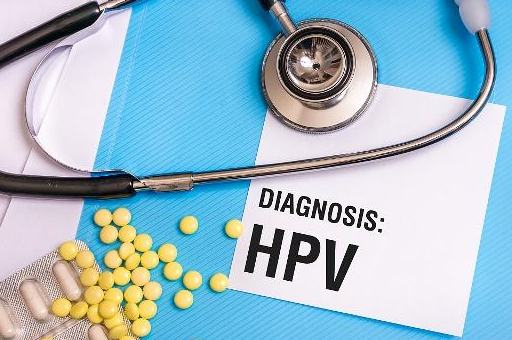First, let’s understand the HPV virus. HPV stands for Human Papillomavirus. This virus infects cervical cells, alters the DNA of our cervical cells, causing these cells to exhibit atypical proliferation. The originally “uniform” cells will become varying in size, irregularly arranged. Moreover, these virus-infected cells will outcompete the original cells for nutrients, resulting in rapid reproduction. Initially, the changes caused by HPV virus infection are not obvious, gradually leading to a condition known as “cervical erosion.” Over time, it can also cause cervical inflammation, symptoms of contact bleeding, and ultimately lead to cervical cancer.
Additionally, this virus has a certain latency period. It’s not that infection occurs immediately upon contact; it may take some time before symptoms appear, and the latency period varies from person to person. Although this virus is prevalent, not every woman will get HPV infection. In fact, besides exposure to the virus, the key factor for HPV infection lies in having comparatively low immunity. If your immunity is strong, when you come into contact with this virus, your immune cells can eliminate the virus before it harms our cells.


